The five most common causes of commercial diver deaths, as reported to the Divers Association International: where you find these hazards, how you identify them, and how you avoid them.
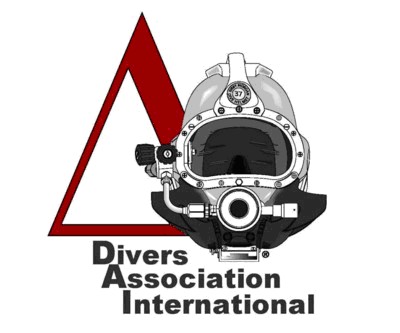
Hal Lomax March 2017
HAZARDS TO THE WORKING DIVER
The dictionary definition of the word HAZARD is as follows: danger, risk, peril, threat. To further break this down, there are inherent (natural or internal) hazards, and then there are hazards created by external forces. The inherent hazards to a working diver are fairly obvious to those with even a basic knowledge of the diving industry: drowning (since the work takes place underwater) and pressure related illness (since the human body is designed to breathe air only at sea level). The diving industry has tried and tested methods of dealing with the inherent hazards to the diver: diving helmets with redundant back-up systems such as free flow and bailout capability to address the risk of drowning; specified ascent rates, decompression tables, treatment tables and decompression chambers address and mitigate the risk of pressure related illness.
With the inherent hazards to the diver addressed, we will move on to the other hazards - the external hazards. A survey of the causes of commercial diver deaths over any recent period of years (the OGP survey, for example) will show a few recurring causes of death that are consistent year after year. The table below illustrates the cause of death in the 30 incidents reported to The Divers Association International in the years 2014 and 2015. These represent both inland and offshore diver fatalities.
As can be plainly seen, the top five causes of commercial diver deaths world-wide, in order of frequency are as follows:
- Improper diving mode used (SCUBA)
- No lockout on energized equipment
- Stored energy
- Differential Pressure (also known as Delta P)
- Hydrogen gas explosion (when cutting or welding)
The first thing that should occur to any rational person looking at the list above should be that every single cause of death listed here is an avoidable hazard. I want you to stop, take a few minutes, and think about what you just read. Thirty (30) divers died in 2014 and 2015 and in every single one of those cases the diver's death was completely avoidable.
Now I want you to consider this: an accident, according to the dictionary definition, is "an unavoidable occurrence". That means that most commercial diver deaths world-wide are not really accidents at all. A more accurate term for those deaths would be "avoidable incidents". The purpose of this article is to identify each of the five most common hazards, show where they are found, examine why they pose a risk of death or serious injury to the diver, and then present the best ways to avoid these hazards.
USE OF IMPROPER DIVING MODE (SCUBA)
Consider for a moment the following quotation: "SCUBA was designed to allow the common man to experience the underwater world. We never intended for SCUBA equipment to be used to perform underwater work."
The statement above was made by none other than Jacques Yves Cousteau, one of the two men who initially developed SCUBA, when speaking with his old friend Andre' Galerne in 1989. The quote was relayed verbatim to this author by Andre' a short time later. If the man who developed the technology realized it was not appropriate for performing work underwater, why do divers still use it?
The use of SCUBA in commercial work accounted for between 43 and 44 percent of the diver deaths reported to The Divers Association in the 2014 - 2015 time period. This is a very alarming statistic. In a 2010 study of inshore diving deaths world-wide, the International Oil and Gas Producers (formerly OGP, now IOGP) found that 29 percent of overall diver deaths were due to the inappropriate use of SCUBA. If the IOGP numbers and those reported to The Divers Association represent what is actually happening, the number of deaths due to the use of SCUBA is increasing by roughly 10 percent each year. Perhaps equally alarming is that many of the divers killed in SCUBA were trained commercial divers who should have been taught that SCUBA equipment is unsafe to use for working. The primary reasons it is unsafe to use for commercial work are as follows:
- The diver's air supply is limited to what he can carry; there is no significant back-up
- The diver's breathing and remaining air supply cannot be monitored on surface
- Although the diver can wear a safety line, restricted air supply can make the line itself a hazard
- The diver does not have hard-wired communications and wireless communications often fail
- The lack of communications makes it all but impossible to summon a standby diver
- The diver's depth cannot be monitored on surface for decompression purposes
- The diver's ascent, ascent rate, and required decompression stops cannot be monitored
- The diver typically has no form of head protection
No reputable diving contractor would ever consider asking a diver to perform work in SCUBA. Where the problem seems to arise is when questionable and unqualified contractors take contracts by slashing prices to the point that they cannot perform the work properly. They knowingly risk men's lives to save money. SCUBA is totally banned now in offshore oil work, as it should be. Virtually all of the reported cases occurred along the coast or on inland projects, but alarmingly two were on government projects. Another two of the deaths occurred in Nigeria at a hydro-electric dam. One diver had not returned to surface and his bubbles stopped, so the second went to rescue him. Both died. It is hard to imagine any sane person thinking it would be safe to use SCUBA equipment at a hydro-electric dam. Harder to imagine is the second diver, knowing his mate was likely dead, going after him using the exact same type of equipment.
In many inshore jurisdictions, working in SCUBA is prohibited, with the exception of fisheries or scientific work. The only way this hazard will be eliminated is when the divers finally learn or get the courage to say "NO" and walk away from work with these unqualified and unsafe employers.
NO LOCKOUTS ON ENERGIZED EQUIPMENT
We can see that 5 of the 30 deaths reported, or roughly 17 percent of them were attributable to "no lockout on energized equipment". The term we used "energized equipment" can refer to pumps, impellers, propellers, rudders or steering gear, gates or valves: it is any machine or piece of equipment that can itself move or cause the movement of water that will or may result in injury or death to a diver. The number of deaths due to the failure to lockout equipment over the years has led to many changes. One of those changes is the Permit-to-Work or (PTW) system seen in most offshore operations and inshore power generation plants today. But we still see the deaths occurring today. What could explain that?
Every power plant, every desalination plant, and most other industrial facilities require water to operate, which means they have intakes and outfalls. One common trait shared by fresh and salt water is that marine growth tends to spread, restricting flow in intakes. Some of these facilities operate for years without requiring a diver. This means that when they do, it is a totally new or foreign experience - they lack the knowledge to ensure that the divers can work safely on their systems. In fact some of these facilities do not even have a PTW system in place, and if they do, you cannot find any reference to divers or to underwater work.
Every vessel has to deal with marine growth as well, and most require divers to deal with it. Marine growth cuts speed, increases fuel consumption, and restricts water flow in the cooling water intakes of the vessels. Rotating propellers act as a magnet for floating lines and debris, and the vessels usually will require divers to clear the propellers. It is not something that happens every day, so often there is no system in place to protect the diver.
Even when divers are working near to, but not directly on energized equipment, they need to install a lockout. This author was on a pipelay barge that laid over in the Port of Sharjah, UAE in early 2008. My diving crew onboard talked every day with, and befriended local divers who were performing repairs to the dock wall at our stern. Eventually we departed Sharjah for Saudi Arabia, and while we were still on route, we received a call that one of the divers working on the dock wall had died. A supply vessel tied up to the dock where our barge had been. After it was moored, the vessel crew re-started the main engine, put it in gear, and the diver was pulled off bottom and into the propeller.
Power plants, industrial facilities, and motor vessels have at least two shifts per day, some more than that. Different people coming on shift may not even know there are divers working on the vessel or system involved. Working on or near energized equipment without a lockout is like playing Russian Roulette with a loaded pistol. Eventually you will die.
The photos above show a physical isolation lock, and a warning tag. We use both components in what we call the "lockout tagout" system (LOTO). In a LOTO the lock goes actually on the machinery or the power switch to keep it from being activated. The keys to the lock remain with the Diving Supervisor until work is completed. The warning tag goes on the machine control panel. Use the LOTO system - don't be a statistic in the next study.
STORED ENERGY
Stored energy (sometimes called residual energy) accounted for 3 of the 30 diver deaths in 2014 - 2015, or 10 percent of those reported. To state that more accurately, the rapid release of stored energy caused 3 diver deaths. Many different materials, when stretched, bent, or otherwise deformed, will return to their original shape. This return to original shape is often very sudden, and very violent. When this happens underwater, the density of the water will restrain the movement slightly, but there is often more than enough energy released to severely injure or kill a diver as the material returns to the original shape.
Most divers are taught in school about stored energy, but still they are injured or killed every year. On a salvage project in Europe in 2011, a chain under heavy strain parted, and a diver (on deck at the time) was killed outright. A good friend of mine was hit by a nylon rope that parted under strain, breaking both of his legs. Many old hands have stories about lines under strain, but what a lot of people do not realize is that pipelines, risers, dock piling and structural members of platforms can and often do contain stored energy. A steel piling driven deep, then pulled sideways into place and welded will retain that stored energy and spring violently back, even after many decades in place.
In drawing "A" above, a steel piling was warped (pulled to one side) before being encased in a concrete pile cap. If the piling shown were to be cut, it would spring violently to the left due to stored energy. The higher on the piling, the more pronounced the movement. In drawing "B" above, we see a subsea pipeline, a jacket leg, and a riser. The riser was warped into place when it was installed in the riser clamps. If the riser clamps are cut or released, the riser will spring back violently due to stored energy. The higher up on the riser, the more pronounced the movement.
To avoid stored energy in ropes, cables, or chains, we avoid the danger zones. Stay away until the strain is relieved. Rope or wire under strain always whips out to the side when it parts or it is cut. Chain, on the other hand when it parts under strain, flies straight back on itself.
To avoid stored energy in a piling, pipeline or riser, cut or release the member in a location where movement will be minimal, and restrain the member from movement with rope, chain, or lifting straps and lever hoists. When holding a piling with a crane while cutting, the pile will fly upward if there is an upward strain on the crane (stored energy) and drop back down toward the diver in an energy release. Avoid this by only picking the slack with the crane when cutting piling. Never cut while maintaining an upward strain.
DIFFERENTIAL PRESSURE (DELTA P)
Differential pressure, the next hazard on the list comes in at 7 percent of deaths reported. It is likely higher than that, but one or two of the incidents also involved the inappropriate use of SCUBA, and were listed in that category. At least one diver dies each year due to Delta P, and in 2016 alone there were five deaths reported to The Divers Association where Delta P was the cause. Whenever conditions are such that a body of water is adjacent to another area not filled with water, or an area filled with water to a lower level (as in a water storage tank or dam) the potential exists for a Delta P incident. The drawing below illustrates a typical Delta P situation: the diver is in a water filled tank with an open valve at the bottom of the tank. Take note of the water pressure at the bottom of the tank and the pressure outside the tank.
In a differential pressure incident, things usually happen very quickly. By the time the diver realizes he has a problem, it is already too late for anyone to help him. Almost every Delta P incident on record has been a fatality, indicating how serious this problem is, and how little can be done once the diver is caught. To calculate Delta P, we use the following formula: A X DW X psi/ft (water) = DP, where A = area of the opening, DW = difference in water depth on either side, and DP = the differential pressure exerted. The sketches below illustrate two situations where Delta P is commonly encountered inshore. Each of these situations has claimed more than one diver's life in the past few years.
The sketch on the left shows a storage dam - it could be a hydro dam, a mine tailings pond, or a sewage treatment pond. Remember that whenever more than one level of water exists, the potential for Delta P is there. A simple truth is this: the only way to survive a Delta P incident is to avoid getting into the incident in the first place. The sketch on the right shows a culvert pipe running across beneath a road. As the ditch to the left fills with rainwater, debris becomes lodged in the culvert pipe, blocking the flow. This causes flooding, endangering the road. It also causes a pressure differential between the two ends of the culvert pipe. In the early 1980s, a well experienced Nova Scotia commercial diver attempted to clear debris in a situation identical to this. When he dislodged the debris, he was violently sucked into the culvert pipe and lost his life. The sketches below illustrate two situations where differential pressure is encountered in the offshore oilfield.
The sketch on the left shows a newly installed subsea pipeline (it could also be a wet-stored spool). Most pipelines are initially laid empty, with the ends sealed by the start-up and lay-down heads. Being empty, the air inside is obviously at surface pressure. Any diver working on a wet-stored or newly laid pipeline that is at surface pressure is exposed to Delta P potential. The sketch on the right shows a subsea hose lowered into the water with a blind flange installed on the end. This exact scenario claimed the life of a diver in Congo in 2002 when he punched his knife through a plywood blind flange and got sucked up into the hose. In a variation of this, a Norwegian diver was killed in 2016 working on a semi-submersible rig in a shipyard. He was attempting to install a blind flange on an empty vertical pipe when someone removed the upper blind flange.
As stated previously, Delta P incidents happen fast. A diver approaching a crack under a dam gate will usually only notice the flow when it pulls on his body or umbilical. The closer he moves to the crack, the faster the water is moving. Once he notices the pull it is usually too late. Consider this: your pneumo reads 90 fsw, and there is 4 inch wide gap, 36 inches long under the gate. If you are sucked against that gap, the force exerted on your body will be 5,767 pounds. There is no way for a diver to survive that - he will be pushed through the crack.
To determine if there is a Delta P threat, determine if there are any areas adjacent to the dive area that are de-watered or have lower water levels. Then determine if there are any hoses, pipelines, or vessels that are submerged but contain surface pressure. If the answer is yes to any of that, there is most definitely a Delta P threat - period. For dam head gates, look at the de-watered side. A flow any larger than a garden hose means "no go". Have the gate picked and re-set, then look again. An ROV or a drop camera are easier to replace than a diver. If you cannot be absolutely sure, do not proceed.
There are a couple of methods to perform work in an area you have determined has Delta P. The first method is to eliminate the pressure differential. This is done by filling the de-watered area with water. In the case of a hydro dam stop log, place the head gate and fill the area between with water. In the case of a subsea pipeline or hose, fill them with water before sending a diver in. Both of these are examples of eliminating the threat. The second method is to diffuse the flow so the water can flow unimpeded around the diver without harming him. This involves using a robust steel "diffuser cage" when working near a dam gate, or a large "diffuser cap" on valves used to flood subsea pipelines.
HYDROGEN EXPLOSION
The final hazard we will examine also comes in at 7 percent of reported deaths in 2014 - 2015. This is the hydrogen explosion caused by underwater cutting. As you learned in your Underwater Physics every water molecule consists of two hydrogen atoms and one oxygen atom. There are two methods of separating the hydrogen and oxygen atoms in a water molecule: extreme heat and electric current. Unfortunately for the working diver, the gear we use to cut steel underwater does both of those very efficiently. In order to melt steel (that is how we cut it) underwater cutting rods produce heat at the tip of the rod in the range of 10,000 degrees Fahrenheit. This is sufficient heat to cause disassociation of the hydrogen and oxygen atoms in the water molecules surrounding the tip of the rod. In addition to this, the DC current provided by the welding machine to light the cutting rod also causes disassociation of the hydrogen and oxygen atoms in the water molecules. Therefore, underwater cutting has not one, but two methods of generating hydrogen gas.
A very active element, hydrogen is extremely explosive. One cubic foot of hydrogen has the same explosive potential as one stick of conventional dynamite. No, that was not a misprint. Yes, you read that correctly. Due to the density of water, the shock wave from even a very small explosion will be lethal to a diver. One quarter cubic foot of hydrogen, if it explodes, is more than enough to kill a diver. This leads us to the obvious question: what exactly causes a hydrogen explosion underwater? Look closely at the sketches below.
The diver in the drawing on the left is cutting and the hydrogen and oxygen bubbles are rising up through the water column to the surface, so there is very little risk of explosion. The diver on the right is underneath an overhang, and hydrogen and oxygen bubbles are collecting. This diver is at risk due to the accumulating gas overhead. Remember - even a quarter cubic foot of hydrogen exploding will kill a diver. To remove hydrogen gas accumulating under an overhang, we purge the overhang area with an air hose until cutting has been completed.
The diver in the drawing on the left above is cutting a pipe and hydrogen gas is accumulating inside the pipe. This diver is in very grave danger. The diver on the right above has ventilated his pipe and the hydrogen gas escapes as he cuts. There is little, if any, danger to him, at least as far as hydrogen gas is concerned. When ventilating enclosed structures such as pipelines or tanks it is best to use a drill or a slug cutter. Neither tool sparks and that eliminates the risk of causing an explosion with entrapped gas.
The hydrogen gas created by the DC current can be cut back significantly by keeping the torch cold while cutting, and only make it hot long enough to light each rod. Many, if not most, divers have the amperage set far too high when cutting. 110 to 130 amperes is plenty to light a Broco rod. If there are problems lighting the rod with the machine on that setting, it is either a ground problem, or poorly maintained cutting gear. To reduce the risk, clean the cutting gear up, fix the ground, lower the amperage, and do it right. Clean gear and a good ground allows the use of lower amperage. Lower amperage means less hydrogen gas production and less damage to the life support gear due to electrolysis.
SUMMARY
We have just examined the five main causes of commercial diver deaths - remember they were all avoidable so we are not going to call them commercial diving accidents. Wouldn't it be great if there was one magic fix that would identify all of the hazards, eliminate all of the risk, and remove any chance of a diver being killed? Actually we have that magic fix - we just have to learn to use it.
That "magic fix" that will save diver's lives has been around for a few years. Quite often it is not used because it takes a little time to do. We call that magic fix the Risk Assessment Process. A proper Risk Assessment is performed by people knowledgeable in the field being Risk Assessed. In other words, a diver will not perform an RA for a painting project, nor will an engineer perform an RA for a diving project. The Risk Assessment will identify all of the hazards, including the inherent hazards, those particular external hazards we have examined in this article, and any other hazards specific to the operations and tasks in the particular project. This process will begin long before the actual work begins. The following are some of the important points addressed in the first phase of the Risk Assessment:
- Scope of work is identified and expanded to illustrate individual operations
- Identify all of the inherent risks and hazards to personnel
- Identify all of the external risks and hazards to personnel
- Prioritize the risks and hazards in order of severity
- Identify mitigating actions for each of the risks and hazards
- Develop the work plan according to the Risk Assessment results
The initial Risk Assessment is usually performed by project management with the involvement of the supervisory personnel for the project. Individual workers become involved in the second phase of the process, which we know as the Job Hazard Analysis, or JHA. The Job Hazard Analysis is based entirely on the findings of the Risk Assessment initially, but is open to input from the project workers. The proper JHA will address the following:
- The operation is expanded to illustrate the individual job steps
- Identify all inherent risks and hazards to personnel
- Identify all external hazards to personnel in each job step
- Identify mitigation factors or actions for each hazard
- Identify the personnel responsible for the mitigation action
To ensure that each individual job is performed safely, we have to ensure that each job is performed in the exact same way it has been laid out in the JHA. If there is any significant change in either the scope of work or the jobsite conditions, work must stop and the Risk Assessment and Job Hazard Analysis process must be repeated.
There are two ways in which we will see a significant change in the number of divers killed on the job. The first is more stringent safety regulation that goes hand-in-hand with enforcement. The second is widespread usage of the Risk Assessment process. Changes in regulation and enforcement take time, sometimes a lot of time as we see in the USA. But utilizing the Risk Assessment process is something we can do right now. All IMCA and IOGP members are now required to follow this process, and the result is an impressive reduction in the number of injuries and fatalities. Every member of the diving industry from that new kid fresh out of school to the crusty old superintendent who is older than dirt needs to insist on the use of the Risk Assessment process on each and every diving project, whether it is inland or offshore. We owe that to our families, and to all of those divers who have lost their lives needlessly due to these "avoidable incidents".



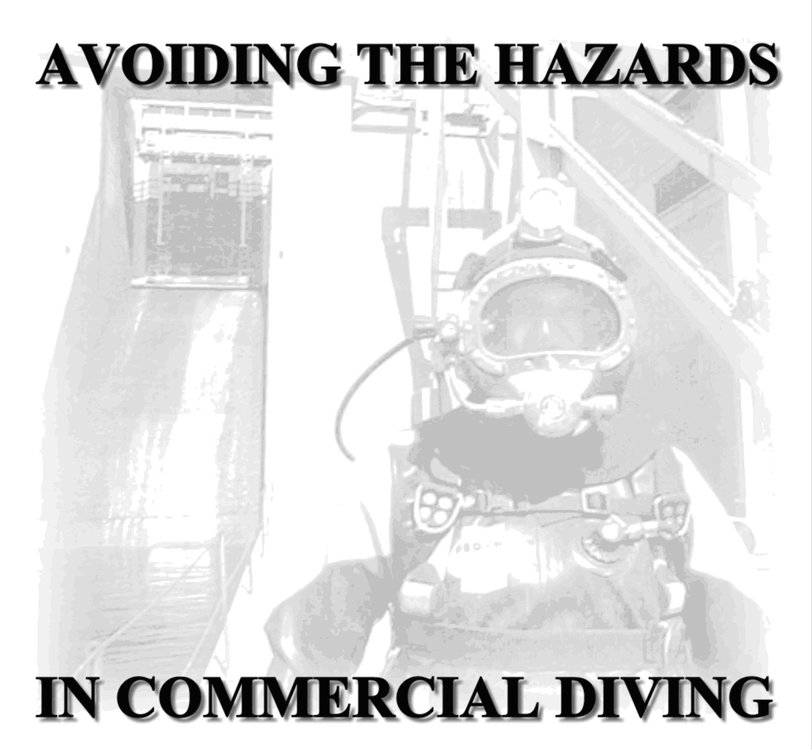
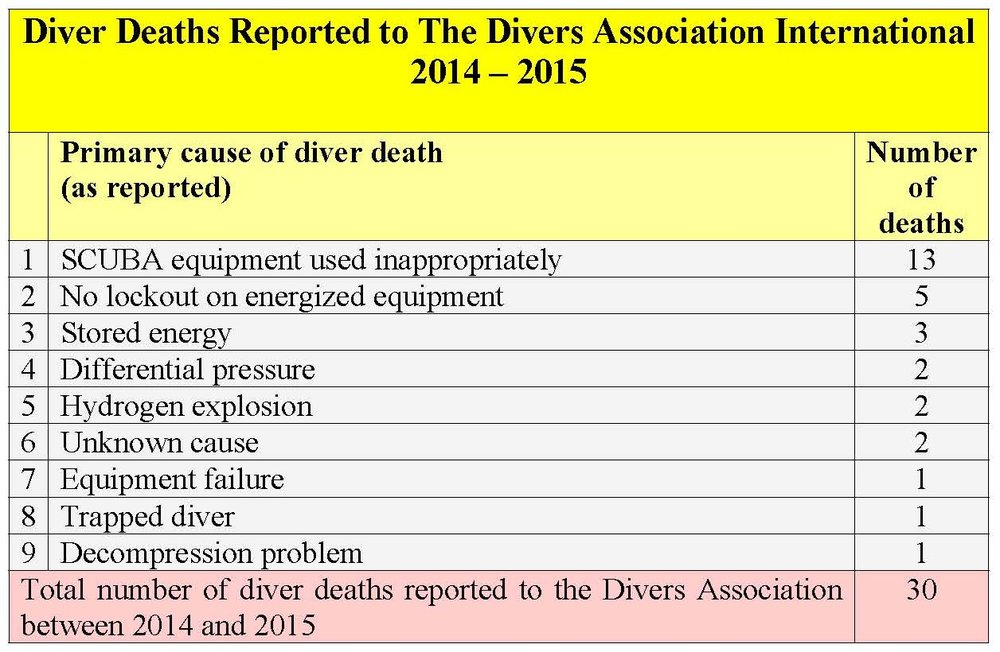
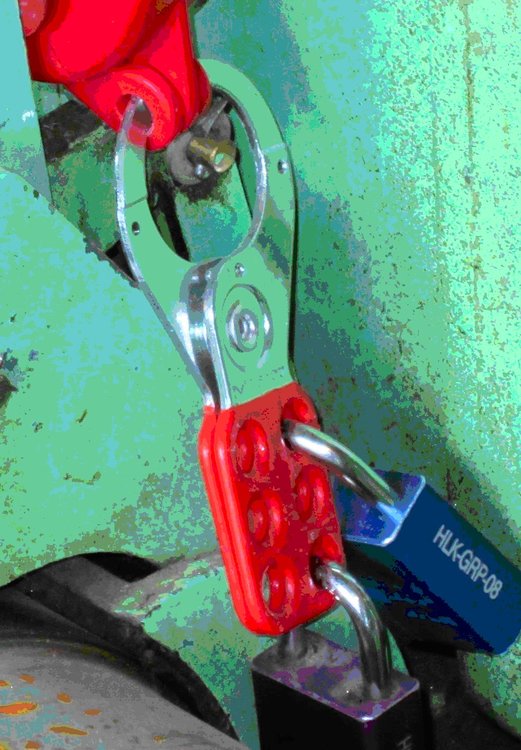
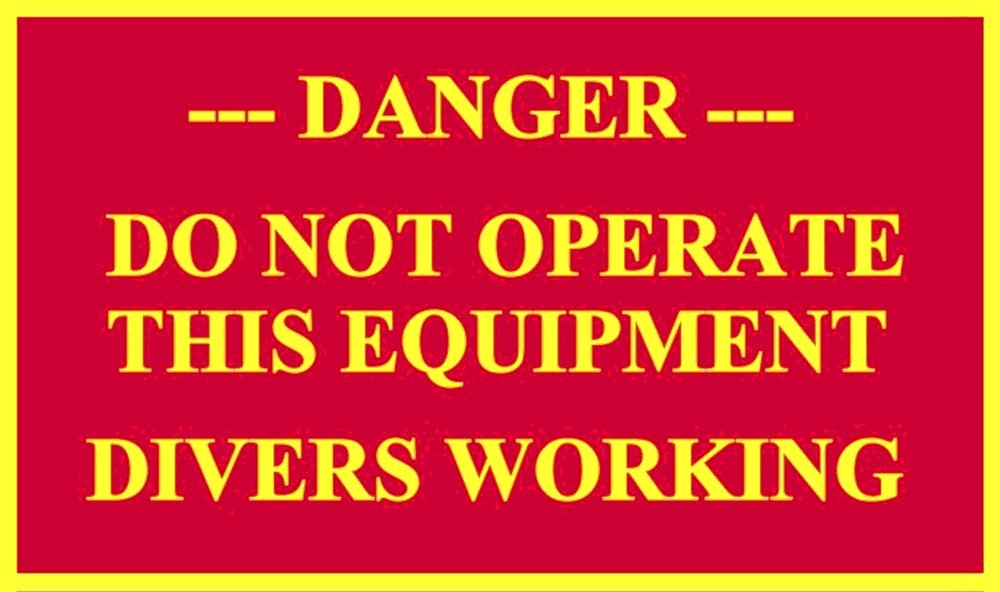

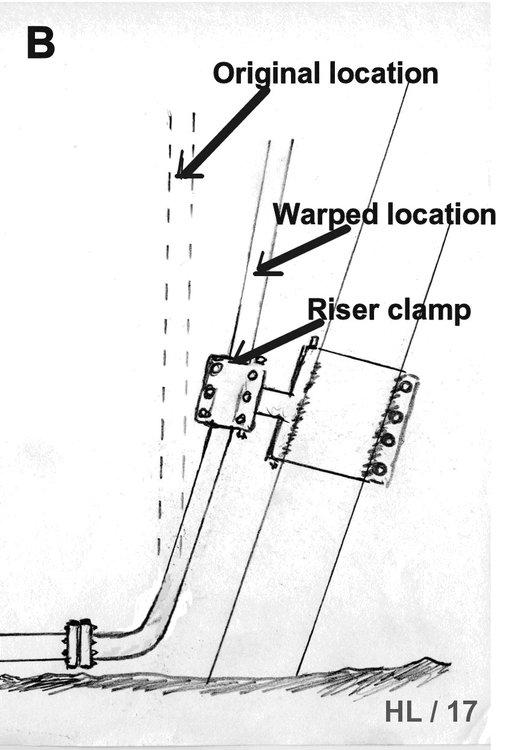
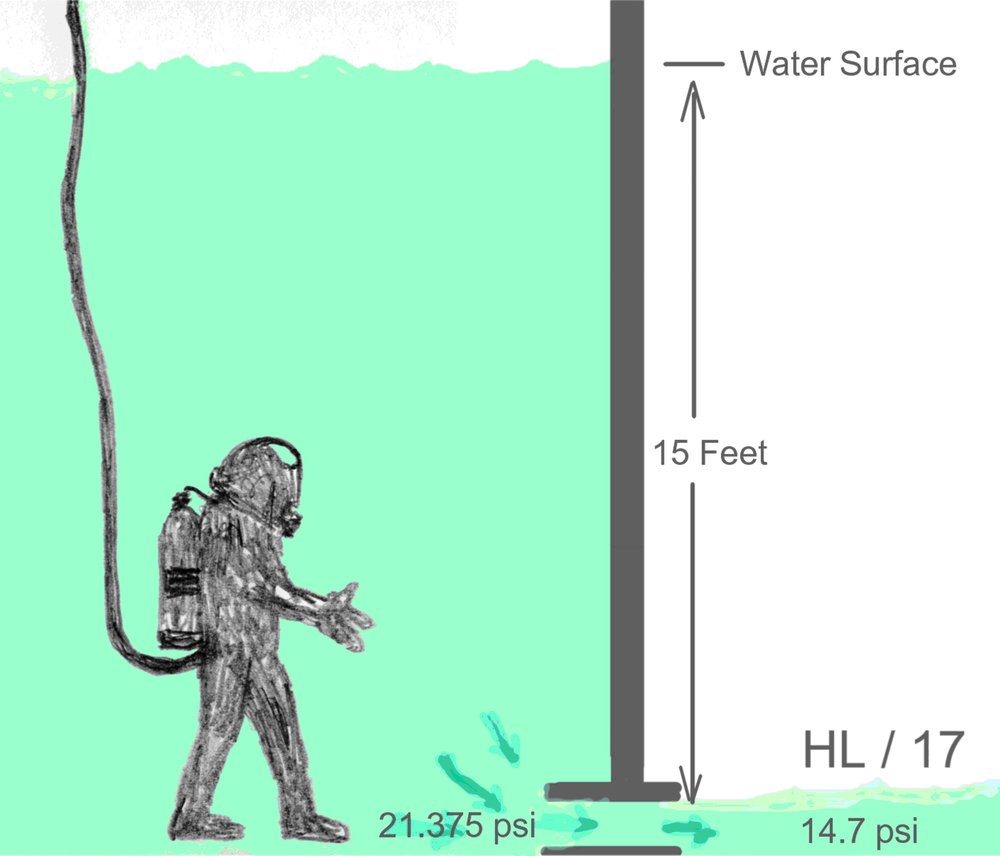

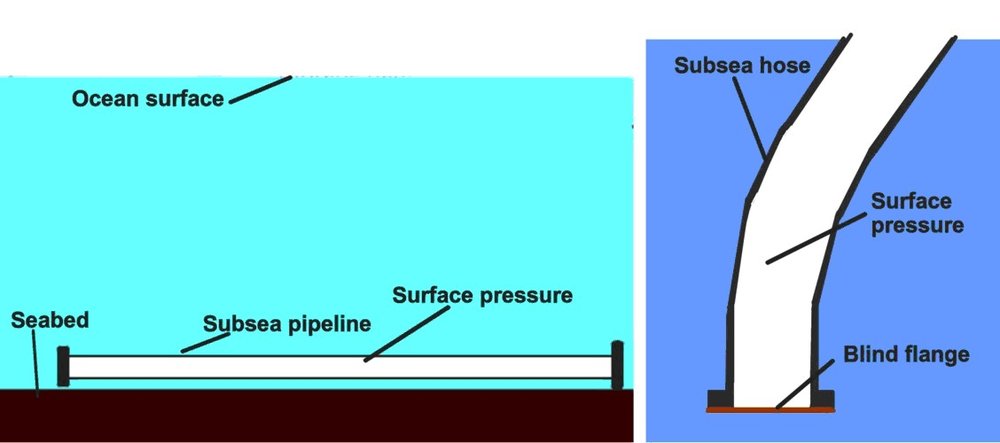
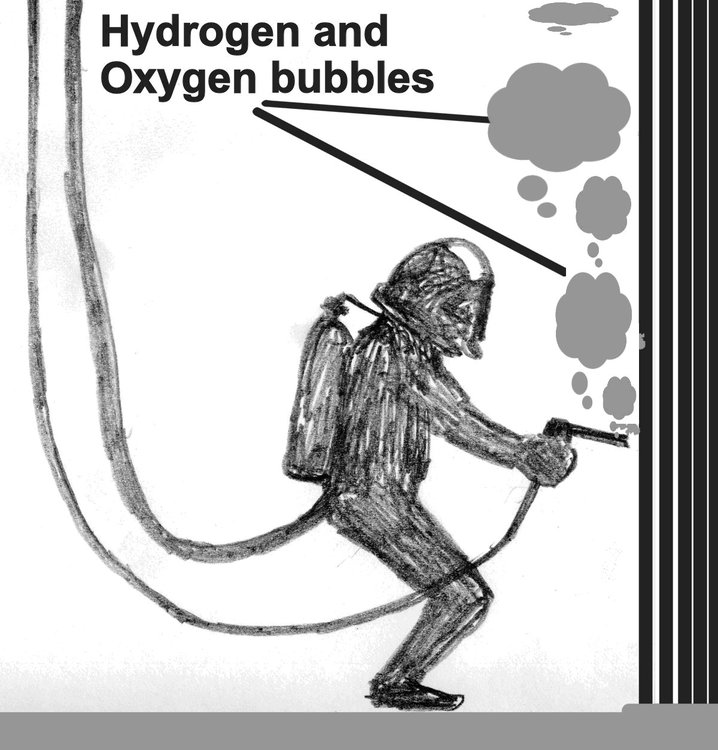
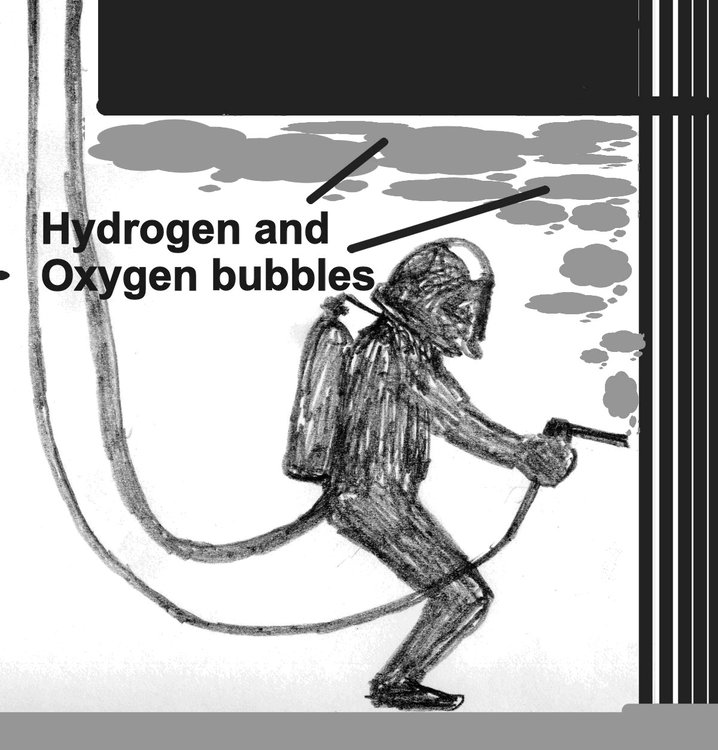
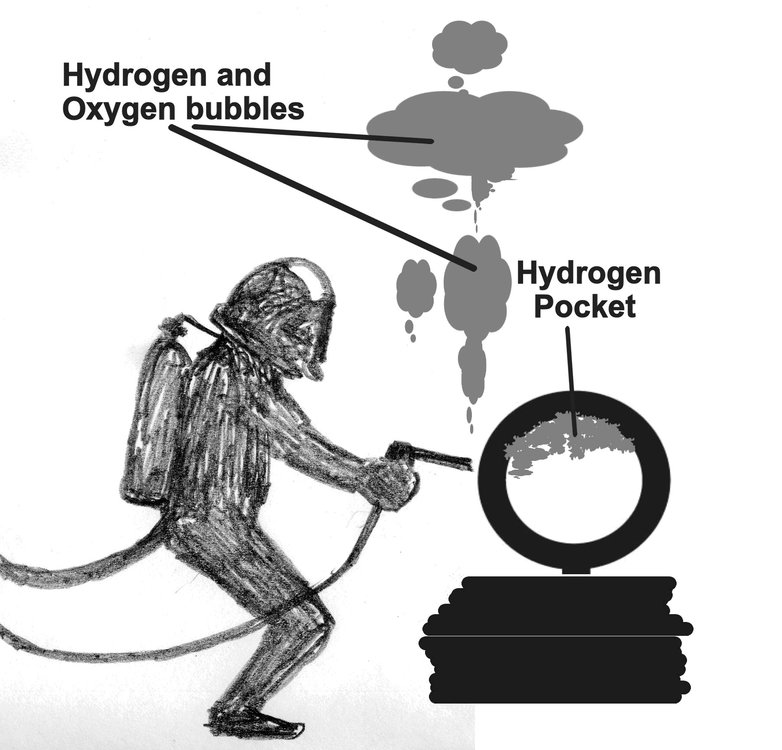
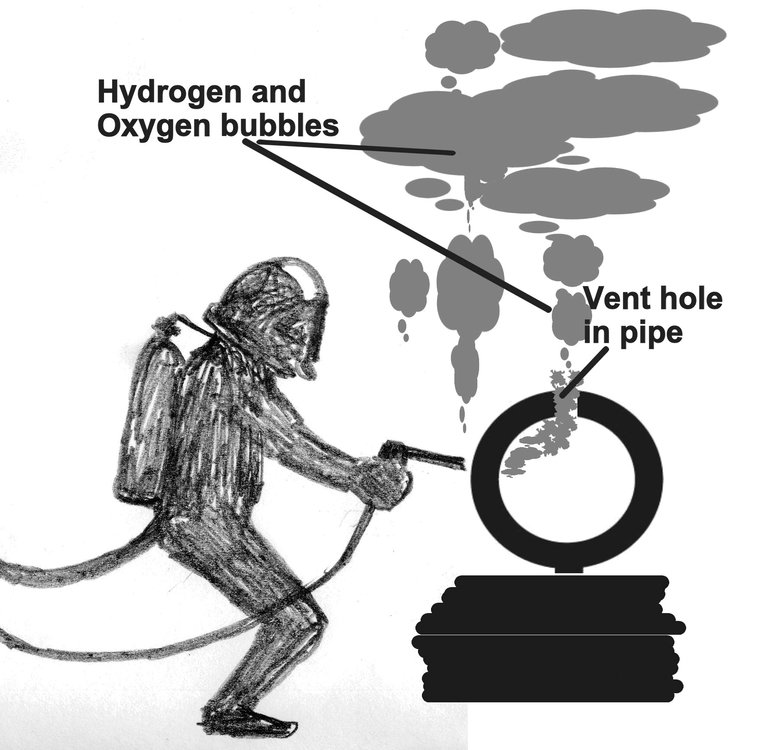
Recommended Comments